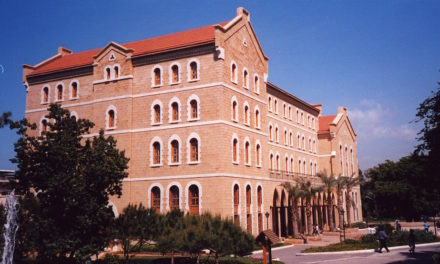Those suffering from blindness may now have hope.
The Emory Eye Center is one of the few centers in the country to use a new technology that addresses blindness caused by age-related macular degeneration (AMD). CentraSight, a novel treatment program for end-stage AMD, uses miniature telescopes to project images onto certain areas of the eye. Through a combination of rehab and surgery, the treatment ultimately restores vision.
AMD is a disease in which the retina, a structure in the eye, suffers damage to its center, resulting in a loss of central vision. CentraSight aims to solve this problem by surgically implanting a miniature telescope into one eye. The telescope then takes the image coming into the eye and projects it onto the healthy areas of the retina, making the loss of central vision less noticeable.
Emory’s association with CentraSight began in 2003 when it participated in clinical trials for the miniature telescopes. The clinical trials lasted for about a year, and VisionCare Ophthalmic Technologies (VisionCare) – the manufacturer of the miniature telescopes – ultimately secured FDA approval for the product in 2010. Emory doctors began practicing the treatment shortly after.
According to Timothy Olsen, chairman of the department of ophthalmology and director of Emory Eye Center, the treatment is new and promising. He noted, however, that the treatment has side effects, such as the loss of peripheral vision.
“It’s not an easy thing for people to use and get used to,” Olsen cautioned. “That’s why rehab is so important.”
Susan Primo, an Emory optometrist and professor of ophthalmology, runs these rehab sessions. Given that newly-implanted patients have distorted vision, Primo trains them to use their two eyes separately. The process can take months, but according to Primo, the brain should be trained to use two eyes for different occasions by the end.
“The [patients] are doing fine,” Primo said. “They progress at different rates.”
According to Primo, all of the patients that have been treated are over 75, allowing them to take advantage of Medicare benefits. Primo divulged that telescopes aren’t cheap, costing around $10,000.
Because Emory is one of the few to perform the treatment, Olsen believes that the center is “a potential area for medical tourism.” He noted, however, that more centers were coming up around the nation and that the telescope could be sold in Israel and Europe as well.
For now, however, Emory remains part of an elite club that offers this treatment.
“These kinds of things get us attention,” Primo said. “But the goal is not to get attention … Our goal is to help patients see better, and we’re going to do the best that we can to achieve that.”
– Contact Rajiv Velury at
rvelury@emory.edu
The Emory Wheel was founded in 1919 and is currently the only independent, student-run newspaper of Emory University. The Wheel publishes weekly on Wednesdays during the academic year, except during University holidays and scheduled publication intermissions.
The Wheel is financially and editorially independent from the University. All of its content is generated by the Wheel’s more than 100 student staff members and contributing writers, and its printing costs are covered by profits from self-generated advertising sales.




